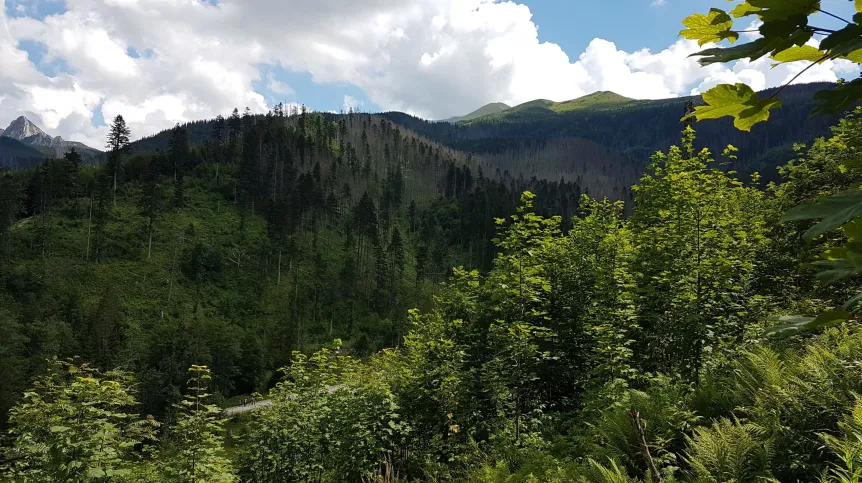
Not just spruces, but a diverse, mixed forest, including sycamore trees, beeches and rowan trees - this is how the forest landscape of the Tatra Mountains is changing, having been destroyed in recent years by hurricane mountain winds and spruce bark beetle outbreak. Professor Jerzy Szwagrzyk from the University of Agriculture in Kraków investigates this process.
'For forest ecosystems, phenomena such as hurricanes, bark beetle outbreaks or fires have two sides. On the one hand, they cause destruction, but on the other hand, they create an opportunity for the growth of a new generation, which would not have a chance to develop without such a +reset+. This is what happens in the Tatra forests,’ the head of the Department of Forest Biodiversity at the University of Agriculture in Kraków tells PAP - Science in Poland.
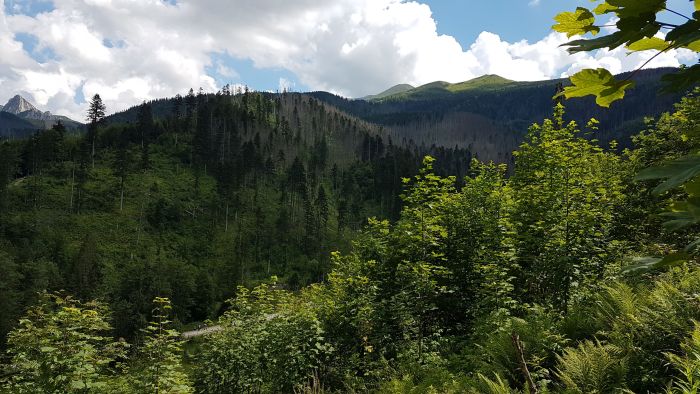
In the previous century, Polish national parks were largely transformed by humans. This was also the case with the Tatra Mountains, where spruce trees were planted and dominated the landscape. Over time, attempts were made to increase the share of other species, but progress was negligible. The change occurred only after the natural disturbances that affected the Tatra Mountains in the last two decades (mountain winds and outbreak of the spruce bark beetle).
'A rapid reconstruction process is taking place right now. The Tatra forests are changing tight before our eyes. The new forest is completely different: in place of the spruce forest, a diverse, mixed forest is growing, full of rowan, sycamore, willow, and beech trees,’ says Professor Szwagrzyk.
The regenerating forest in the Tatra Mountains is left to itself, meaning that it regenerates without human intervention or control. One of the 'obstacles' to this type of development of natural forests is the browsing (and eating) of young tree shoots by animals, especially red deer and roe deer.
Szwagrzyk explained while in the case of managed forests, fencing off young trees to protect them from animals is justified, in natural forests - not necessarily. 'Of course, the growing population of deer poses a threat to the growth of small trees, but it is not a problem in the Tatra Mountains because the area affected by disturbances is so large that the animals are unable to eat everything,’ the researcher says.
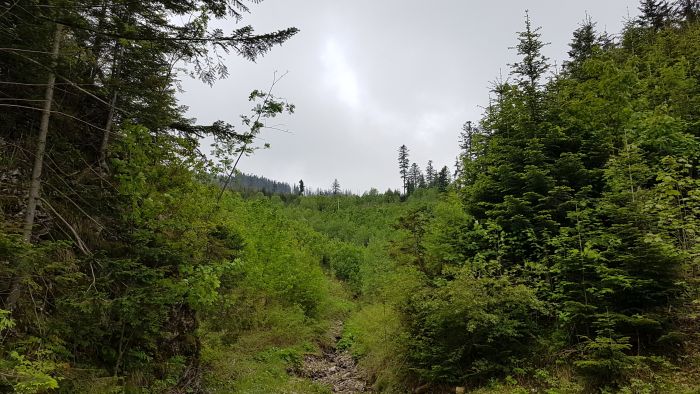
The explanation for all this - the relationships between intense disturbances (such as hurricanes), the process of natural forest regeneration and the browsing of young trees by deer - is the objective of Professor Szwagrzyk's team's project 'Impact of intense disturbances on the natural forest regeneration', financed by the National Science Centre.
The research is carried out in the Tatra National Park, as well as in the Roztocze National Park. In Roztocze, natural disturbances have recently been small and scattered, and the young generation of trees is not very numerous and usually fenced off, similarly to managed forests. 'We located and measured young shoots, their growth rate, the browsing pressure intensity, the intensity of light near the ground and other aspects. The next step is a quantitative analysis - how many young trees of various species there are and how large the mass of shoots available to deer is in the study area,’ Szwagrzyk says.
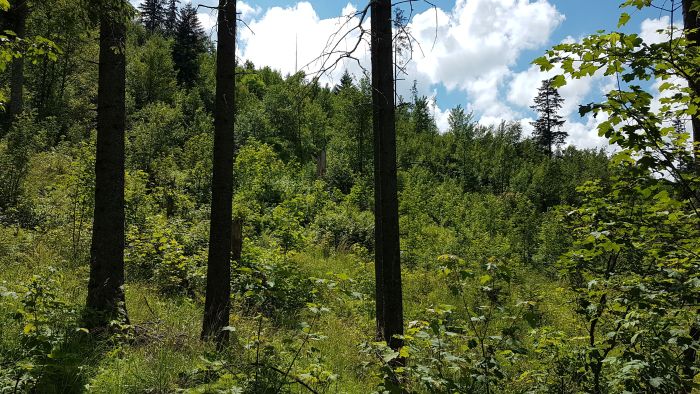
'Our preliminary results indicate that species commonly considered sensitive to herbivore pressure, such as sycamore or mountain ash, under conditions of natural disturbances, quickly reach a height that protects them from browsing. With high availability of light in large areas, they effectively compete with species resistant to shade and constitute a significant part of the young generation of trees. As a result, the emerging young forests are characterized by greater species diversity than older stands. The results of our research may therefore constitute an argument for refraining from interfering with the natural processes of forest regeneration after disturbances,’ Professor Szwagrzyk adds.
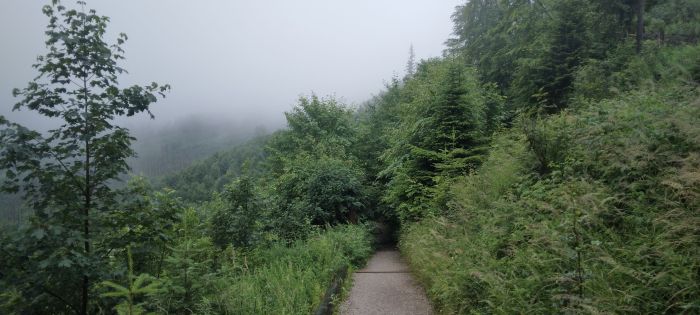
According to the researcher, natural forests constitute 1 percent of all forests in Poland; these are practically only national parks and reserves. 'However, we are observing a trend to leave some areas of managed forests to natural processesm’ he says. ‘This is also indicated by the European Union, for example in its biodiversity strategy.’
PAP - Science in Poland, Agnieszka Kliks-Pudlik
akp/ zan/ kap/
tr. RL













